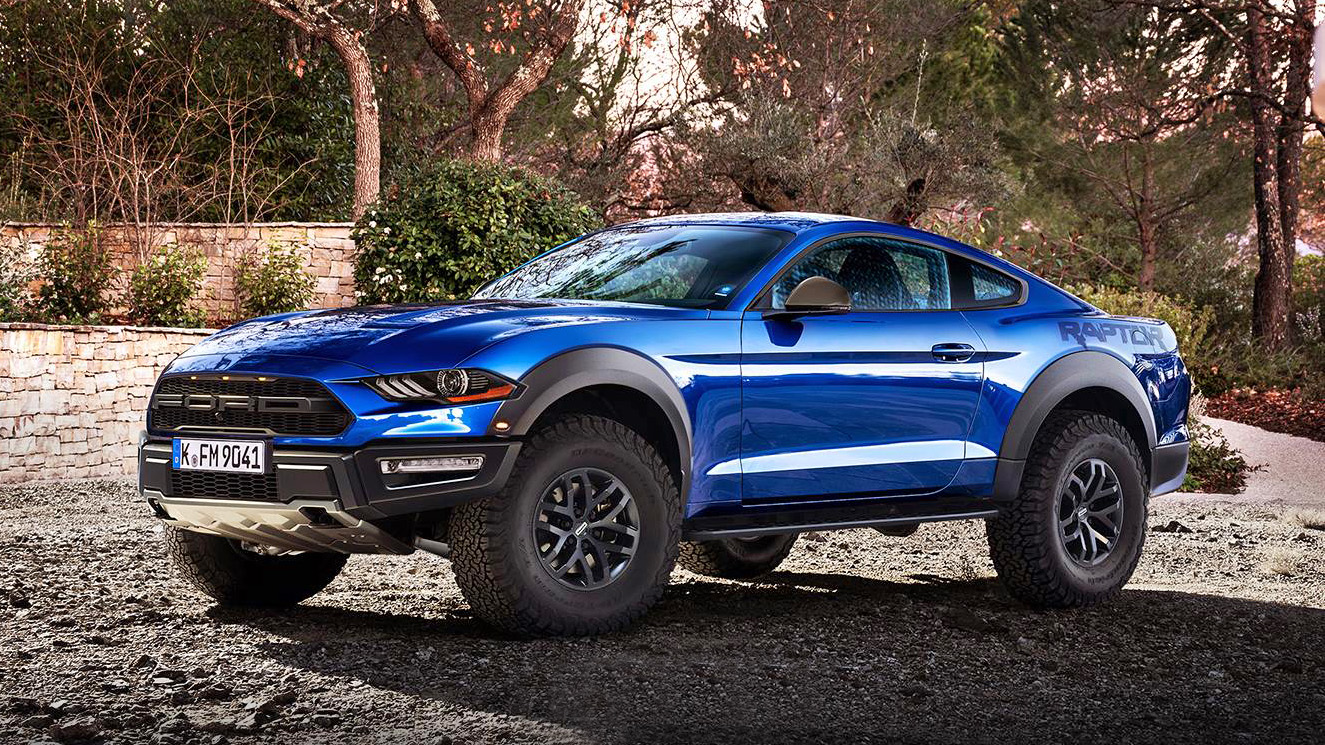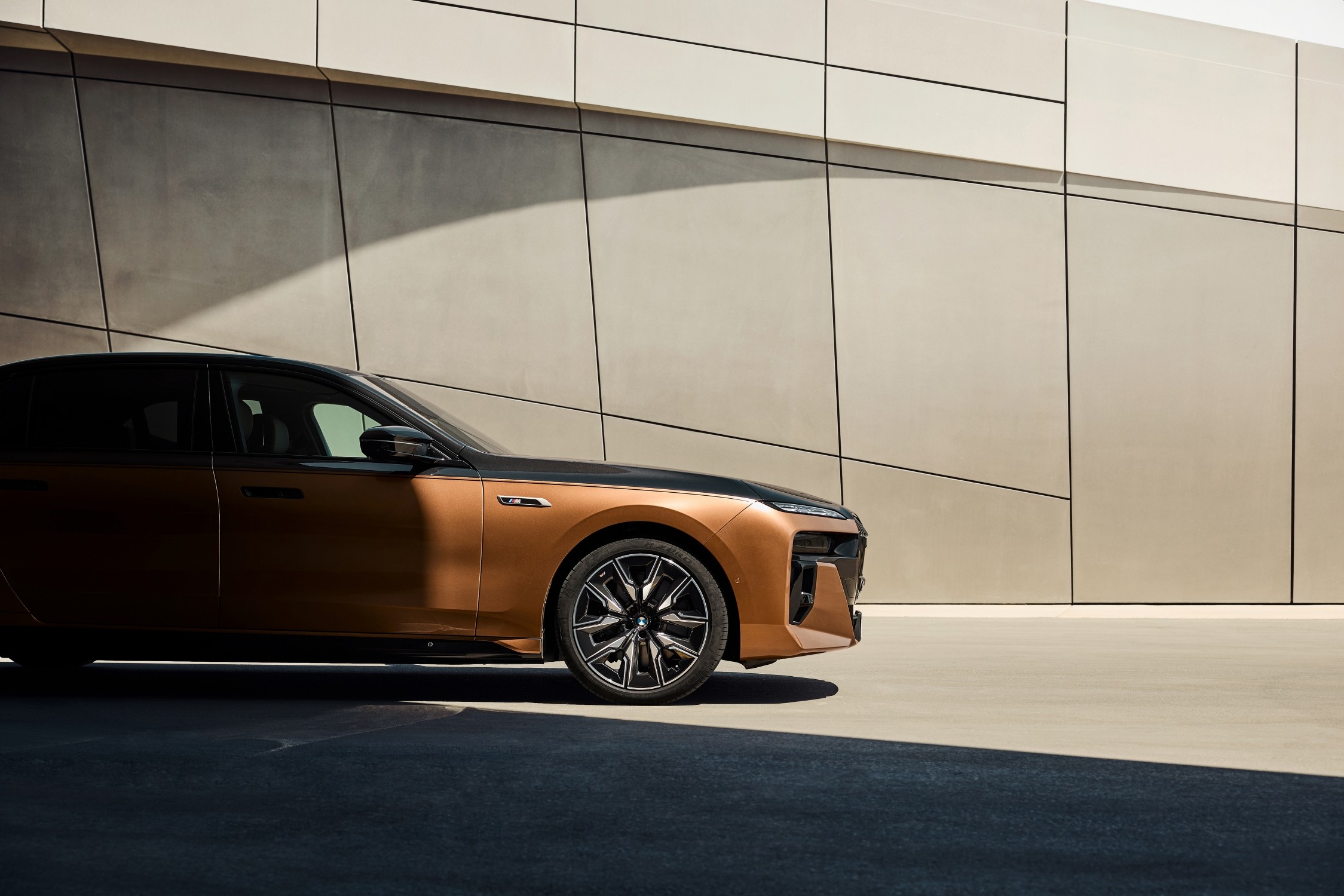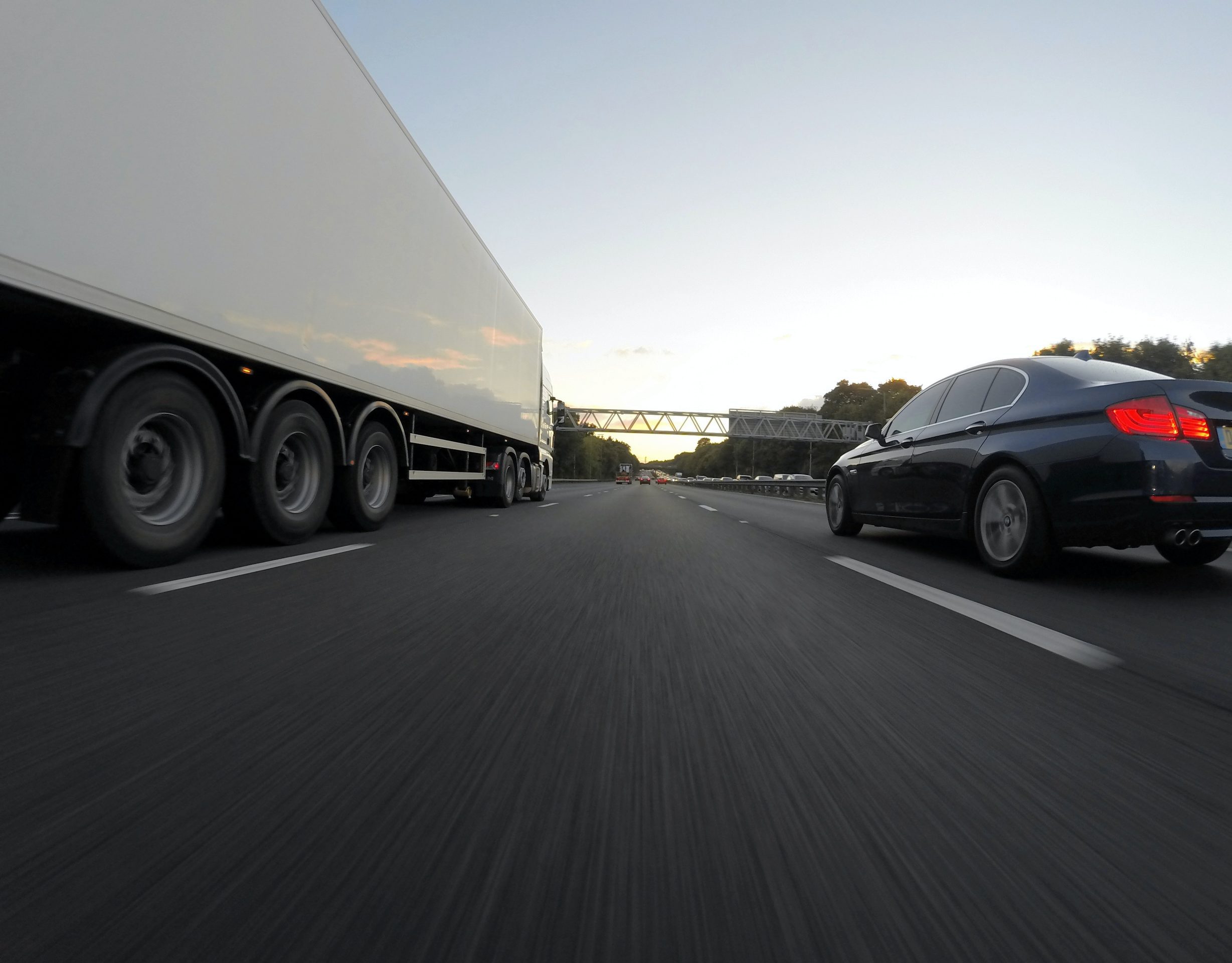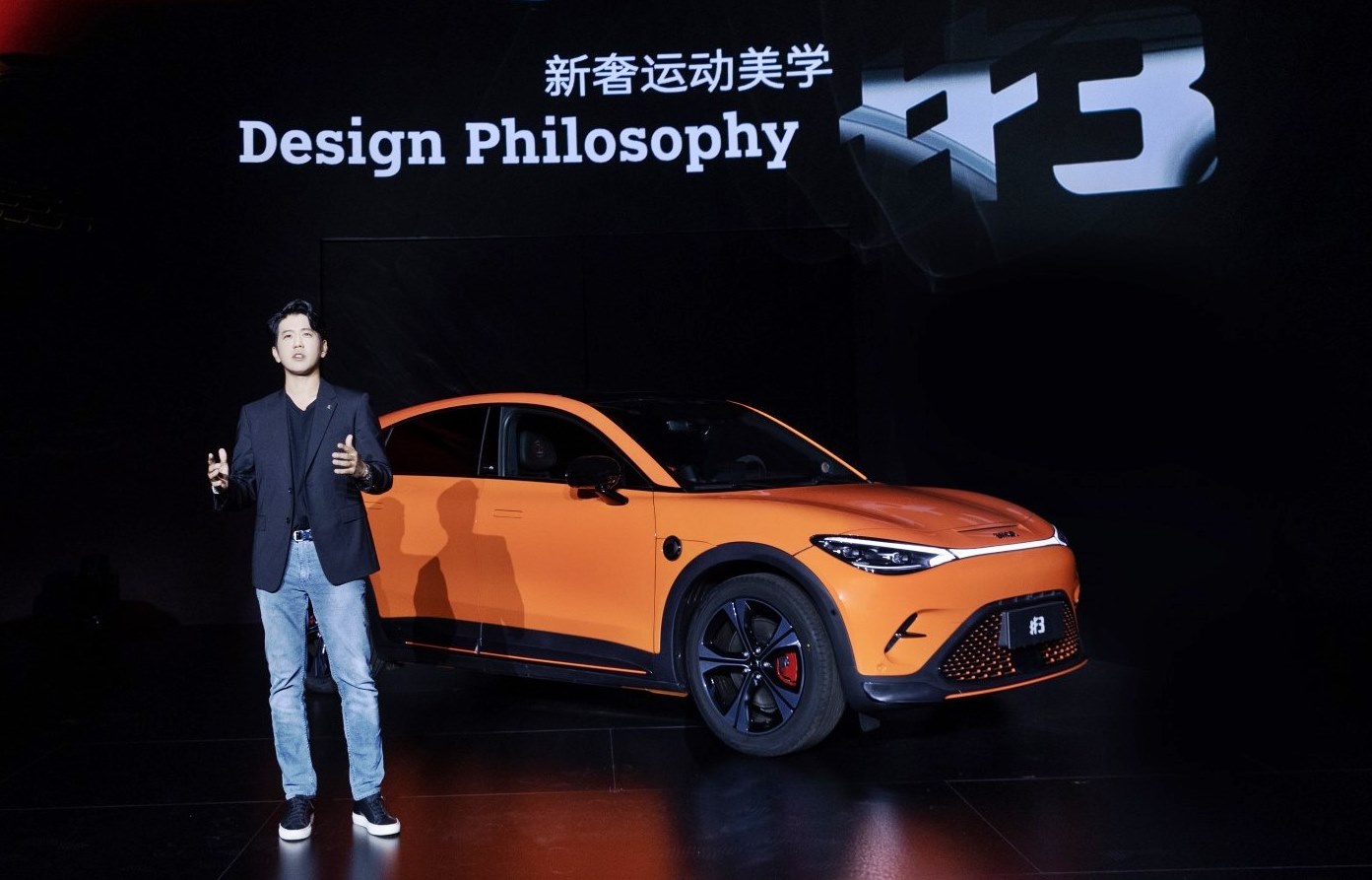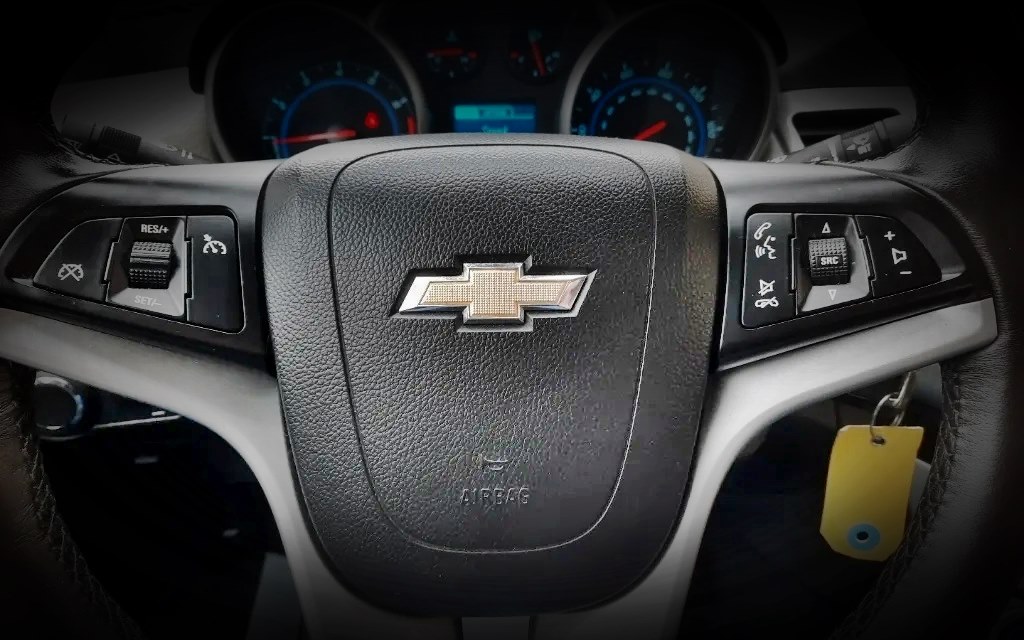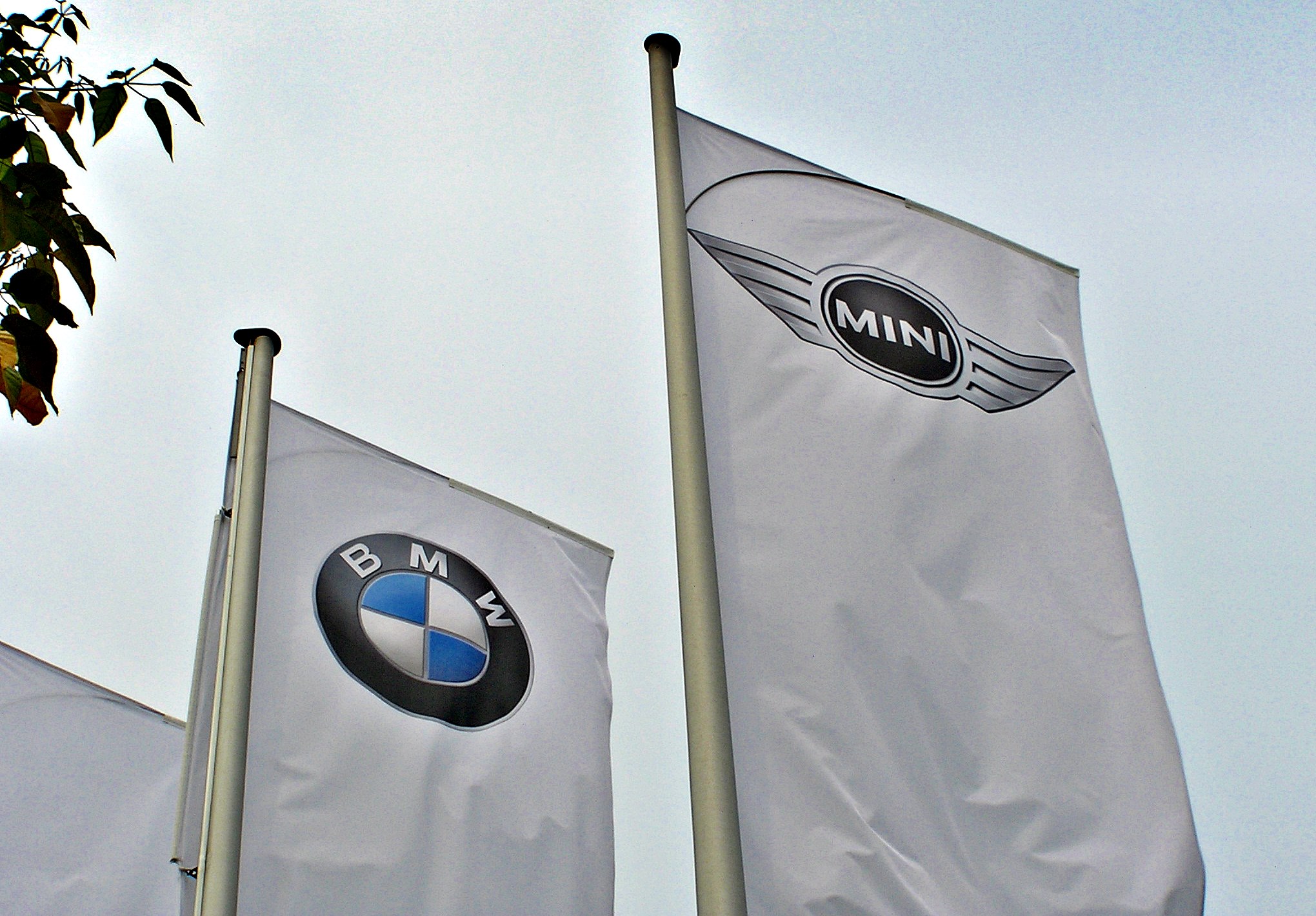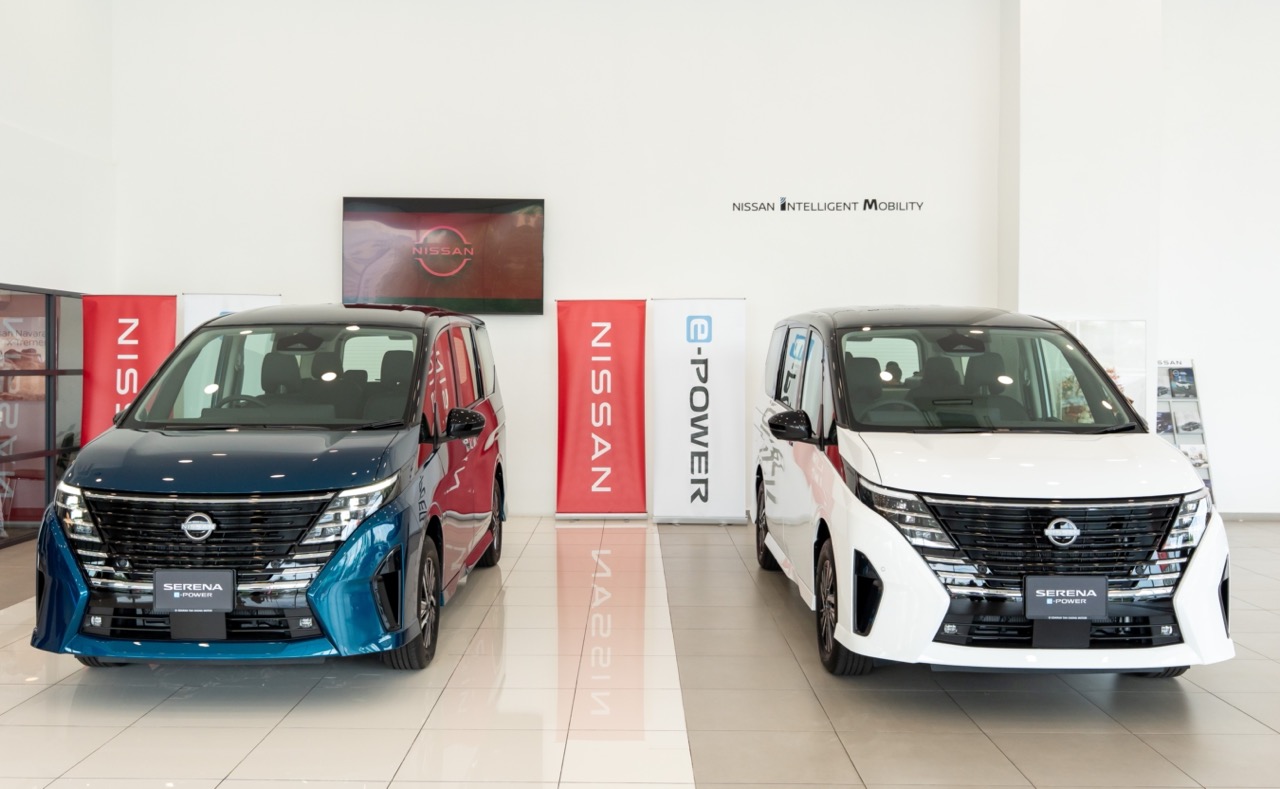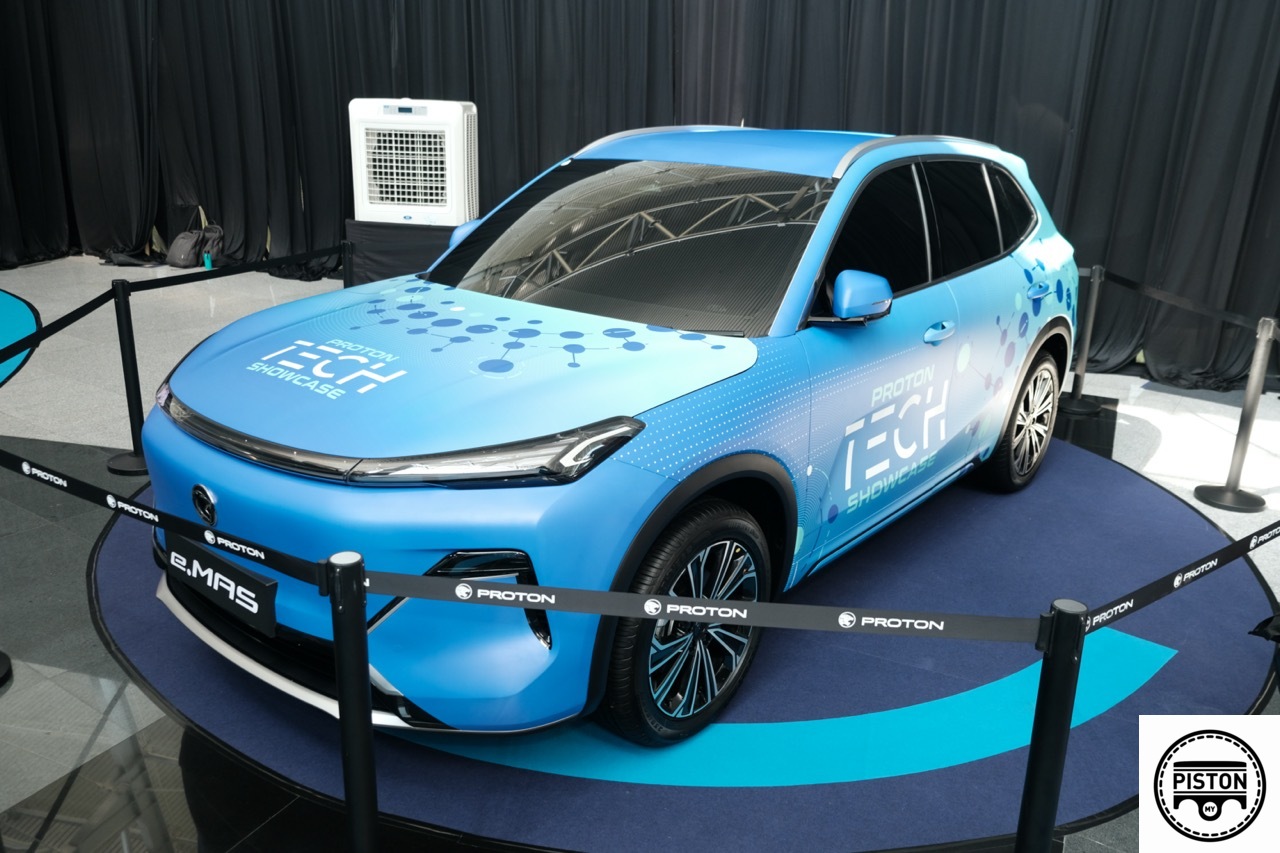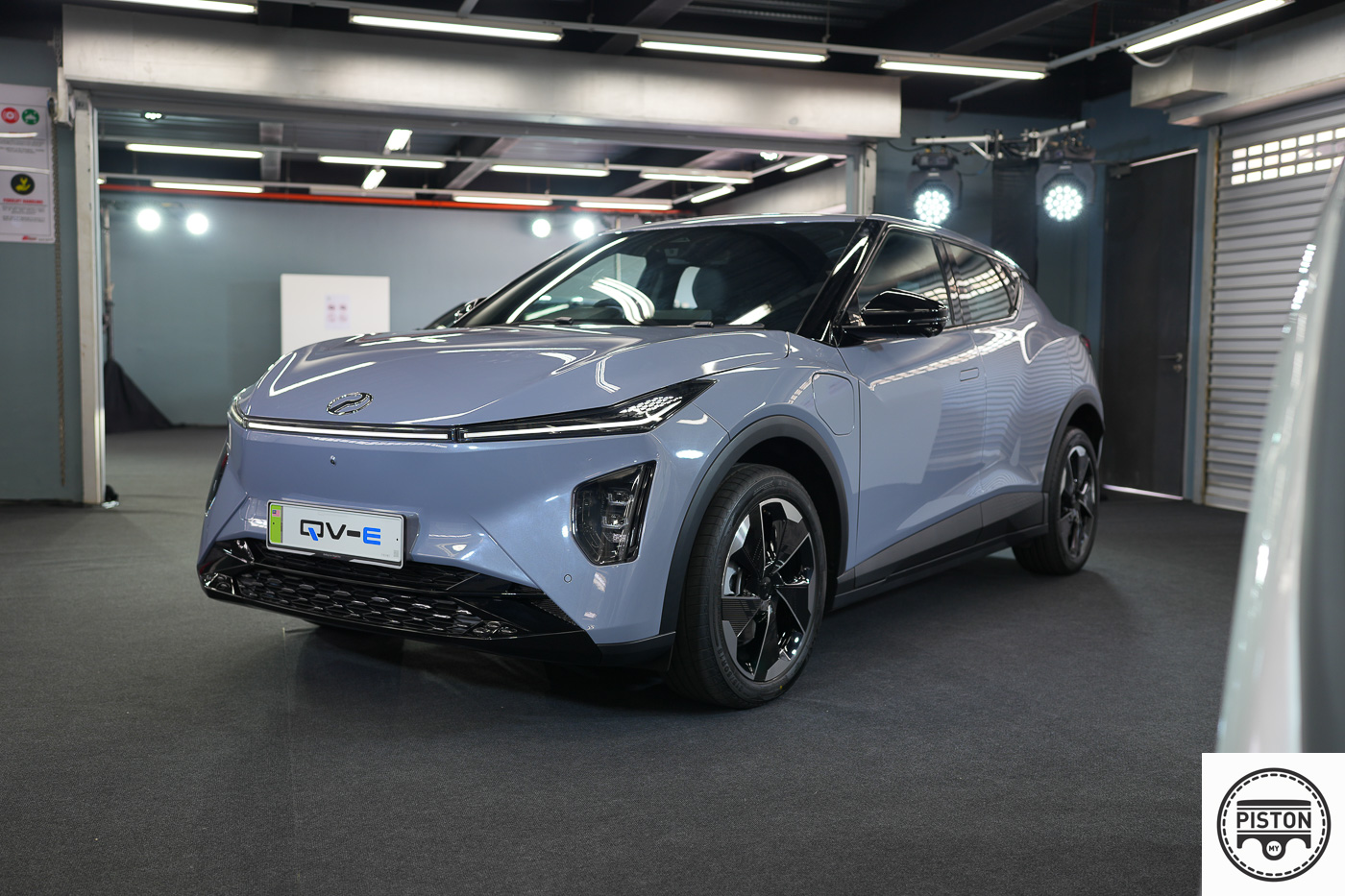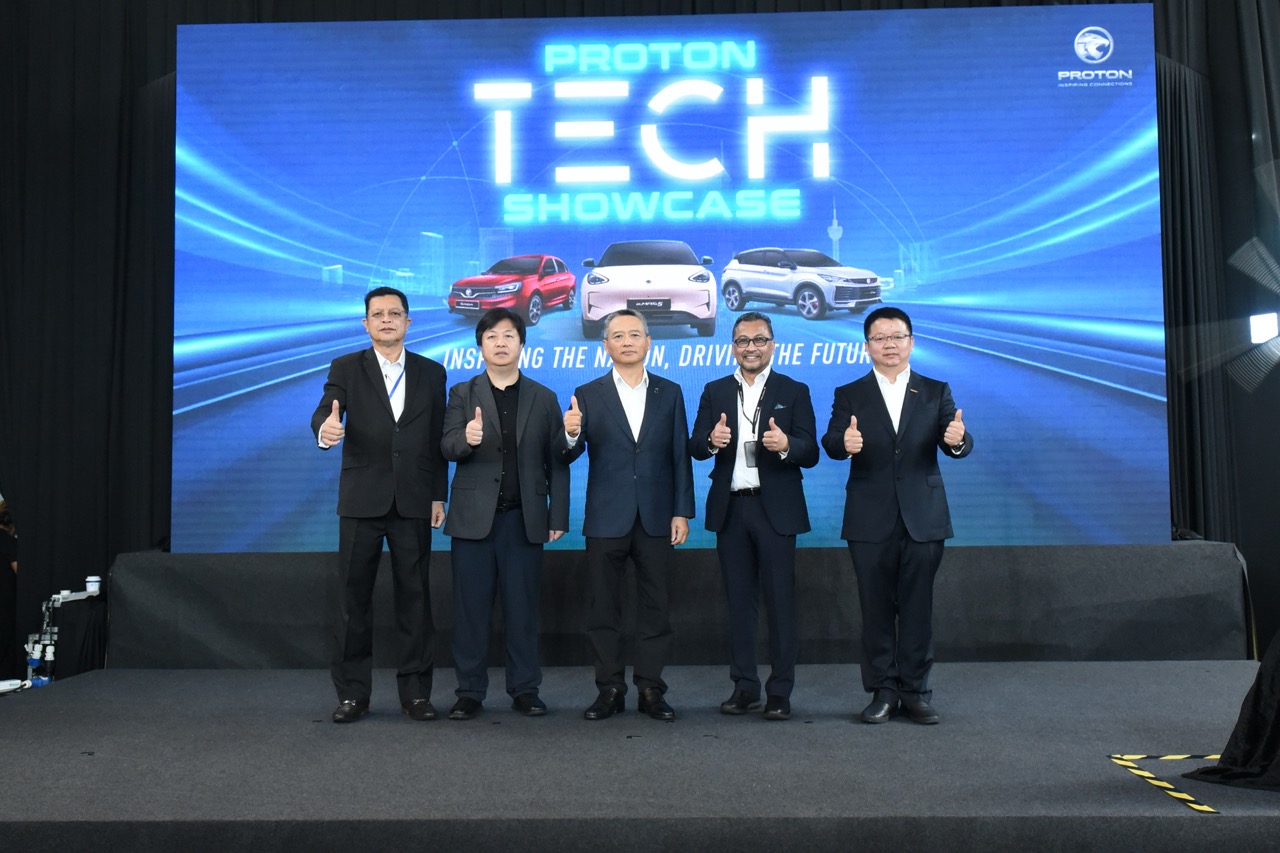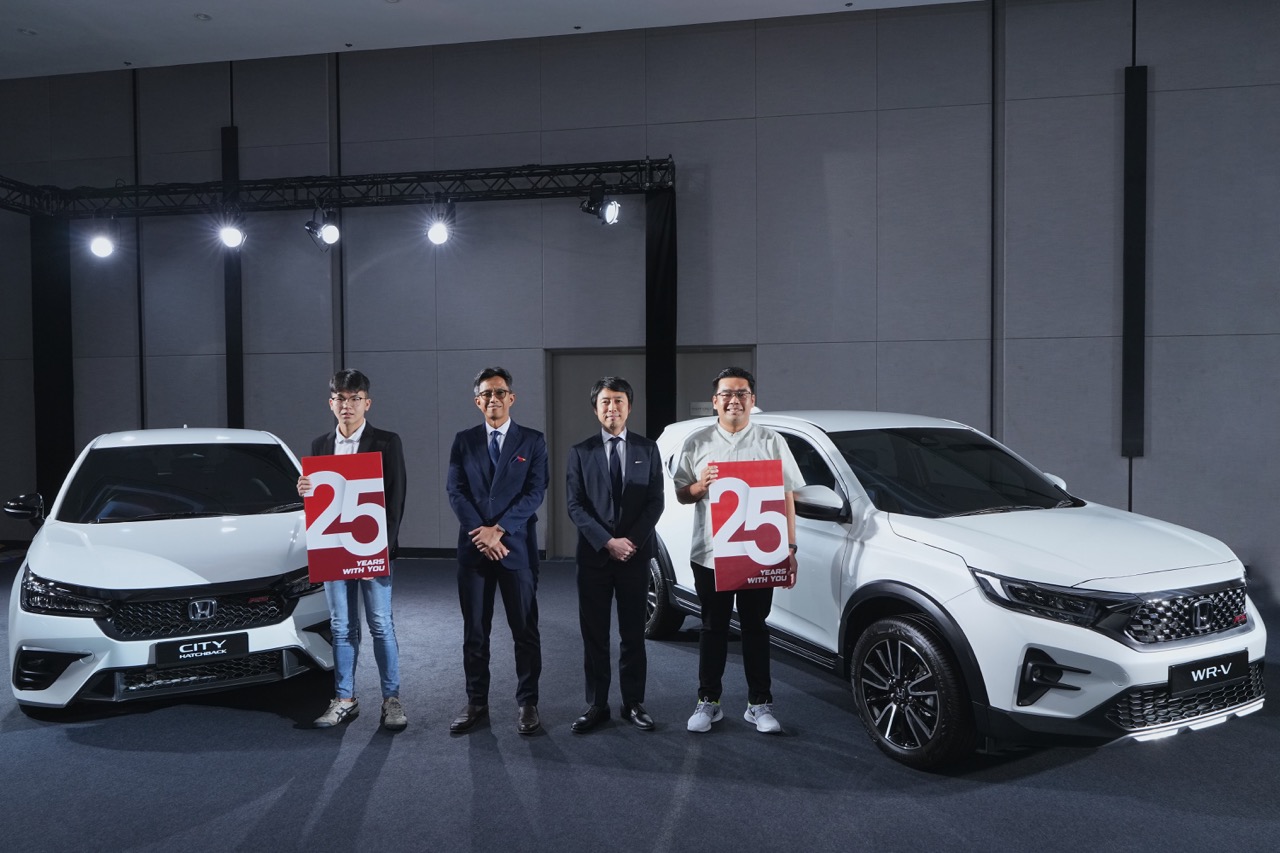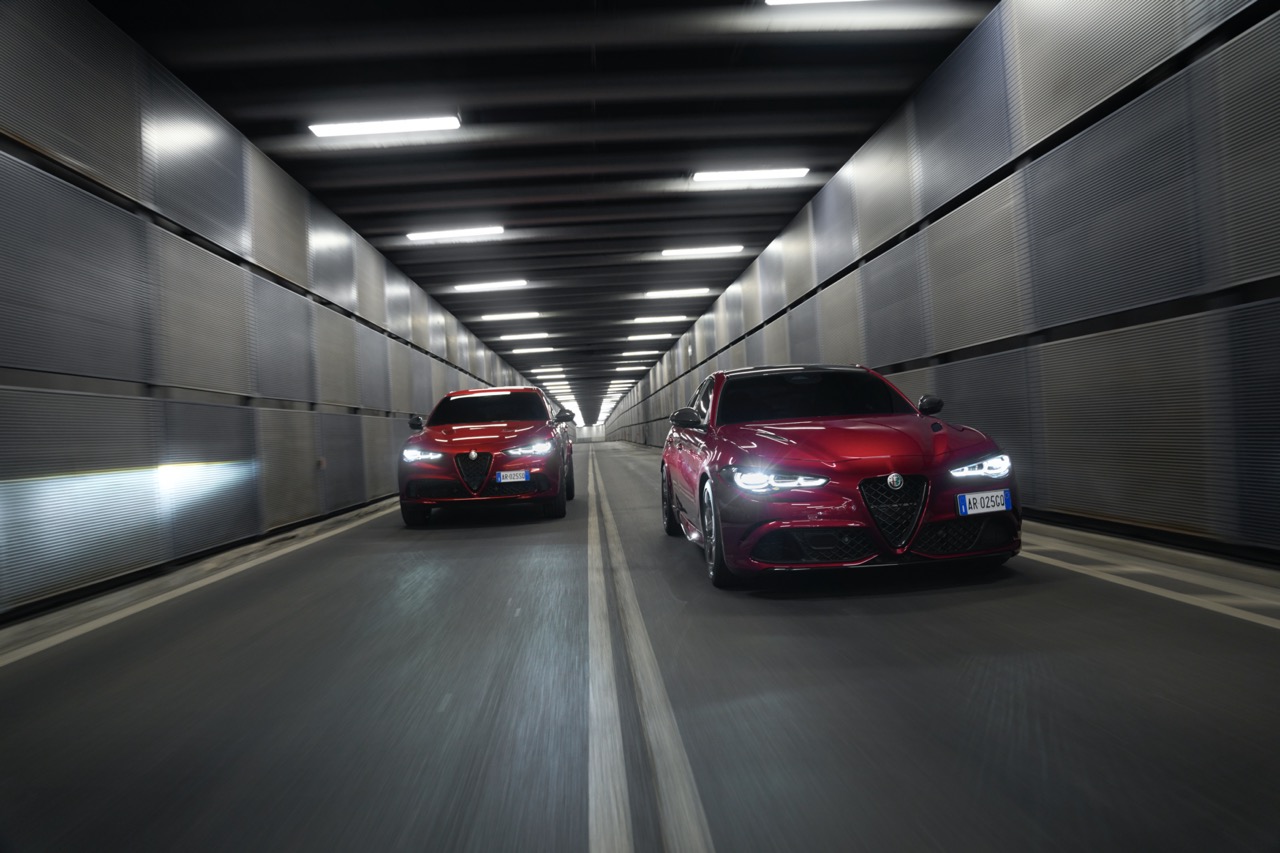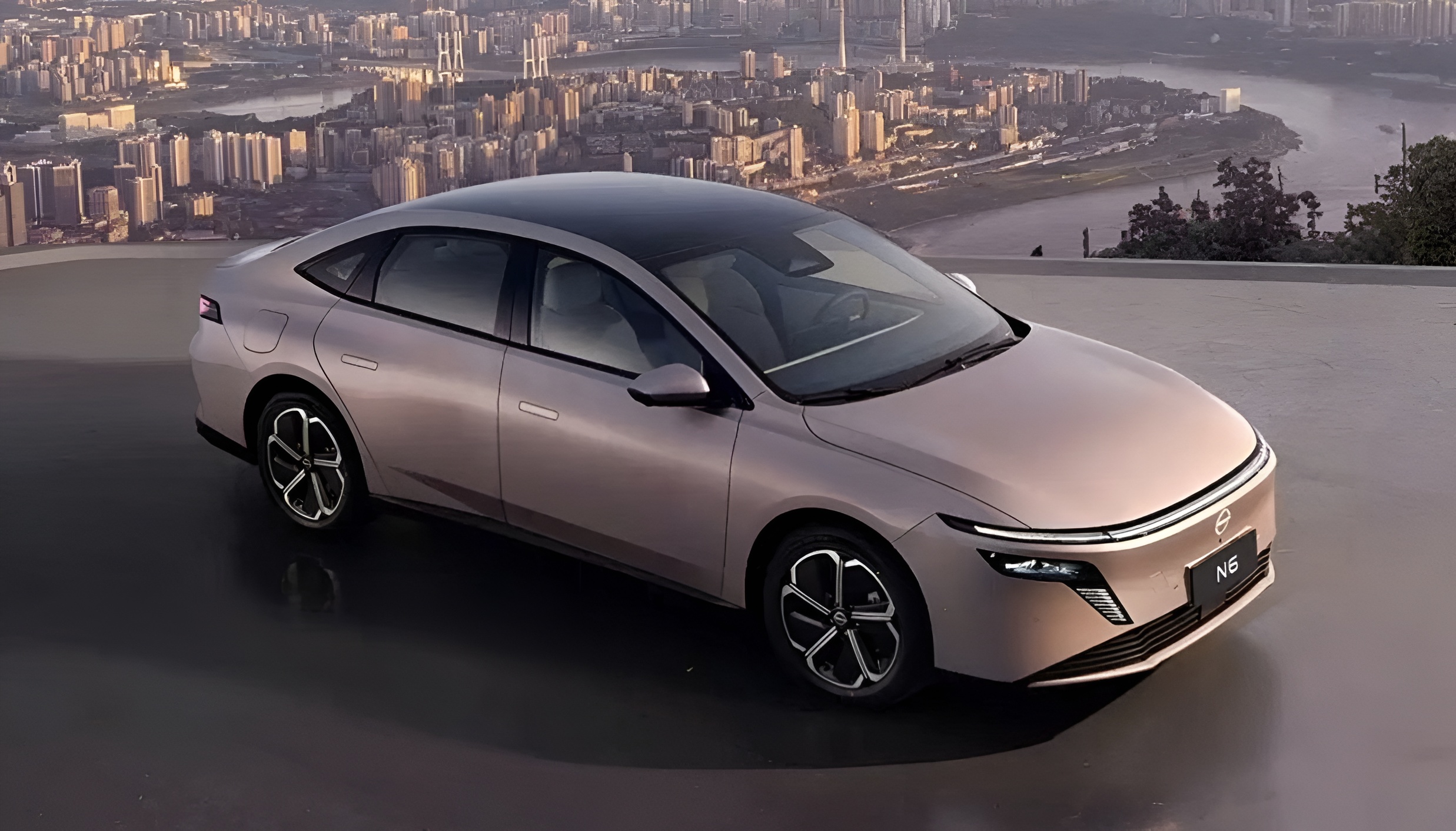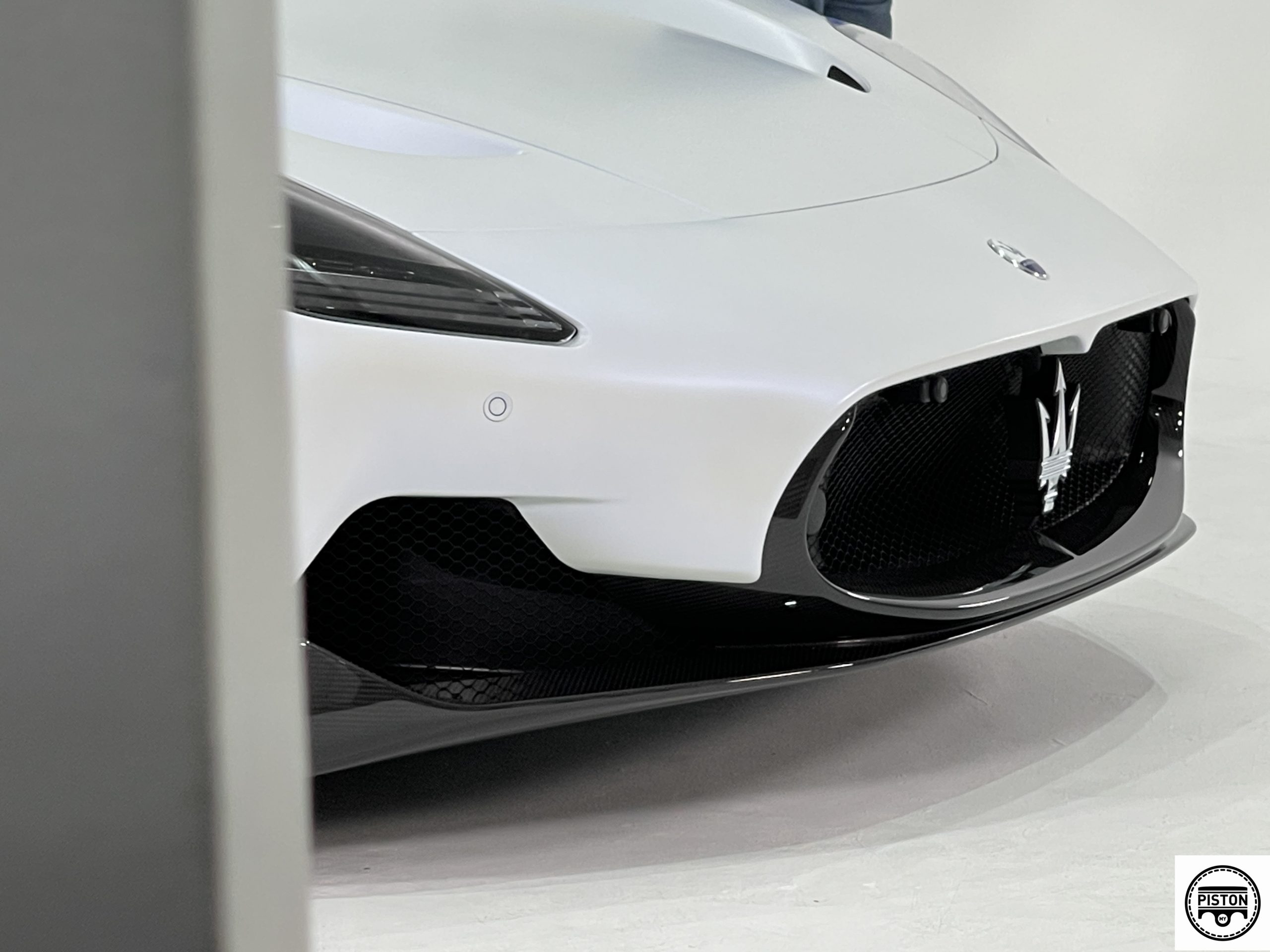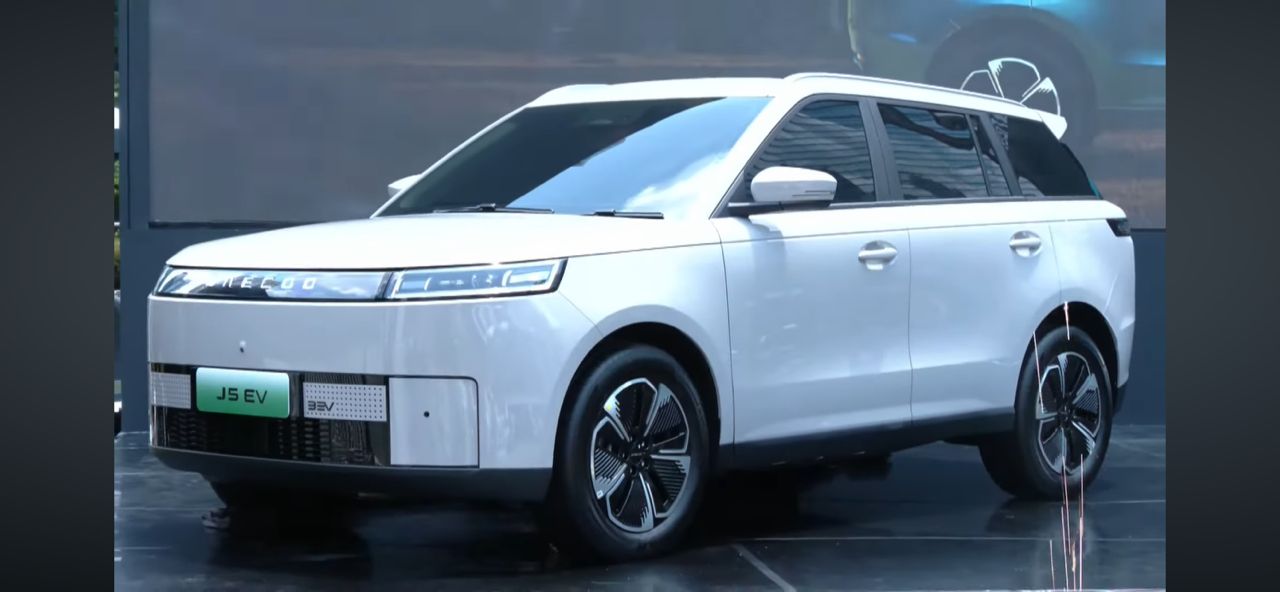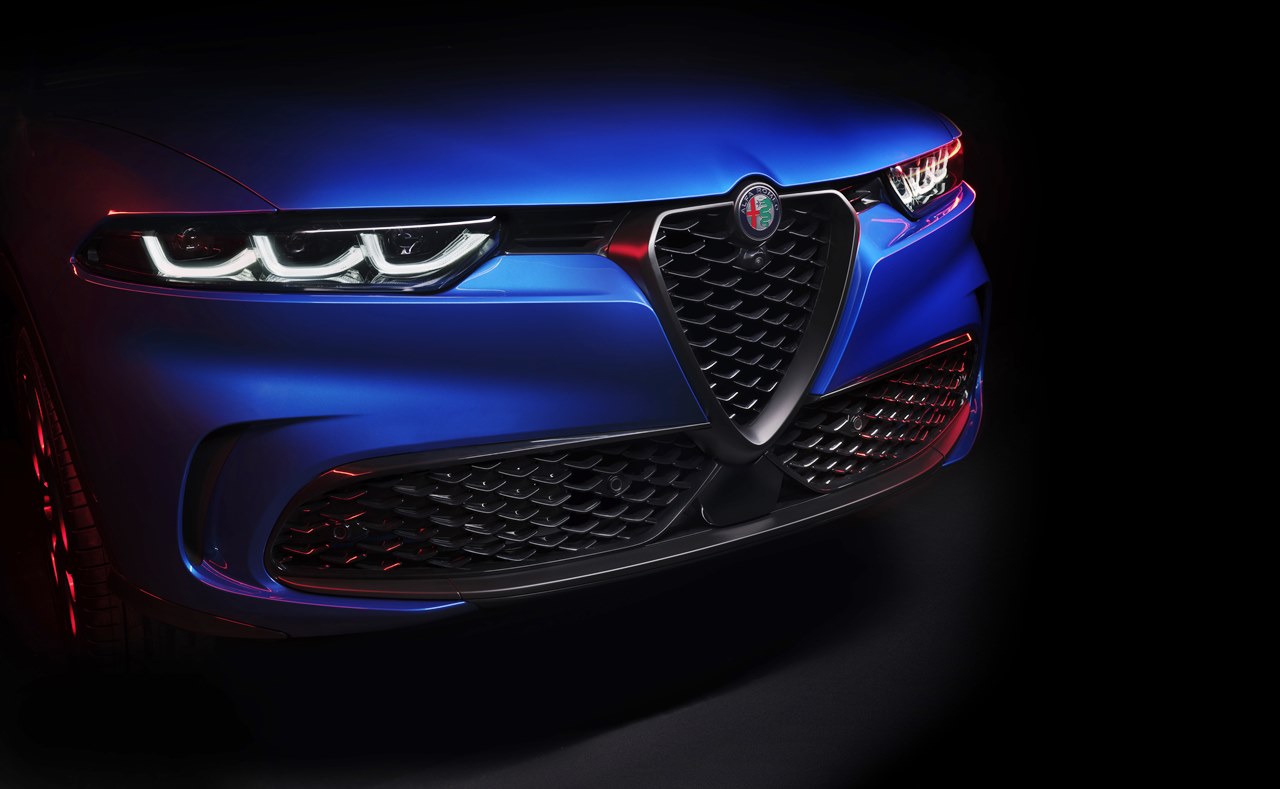You have heard of a Ford Mustang and a Ford Raptor, but have you heard of the Ford Mustang Raptor? Yes, you read that right. A combination of two monsters that will make Frankenstein a reality.
There are a few automakers turning our beloved models into off-roaders such as Porsche turning the iconic 911 into the dirt-spewing Dakar. Lamborghini getting dirty, not with the Urus SUV, but with the 602-hp Huracán Sterrato and even Toyota’s Sienna Woodland Edition. Ford has decided to join the craze as there have been rumours about a 2026 Ford Mustang Raptor. It is a possibility but questions have been raised.
(more…)
